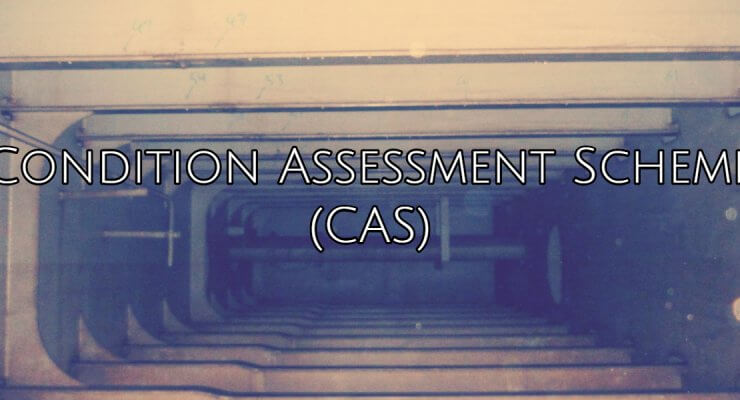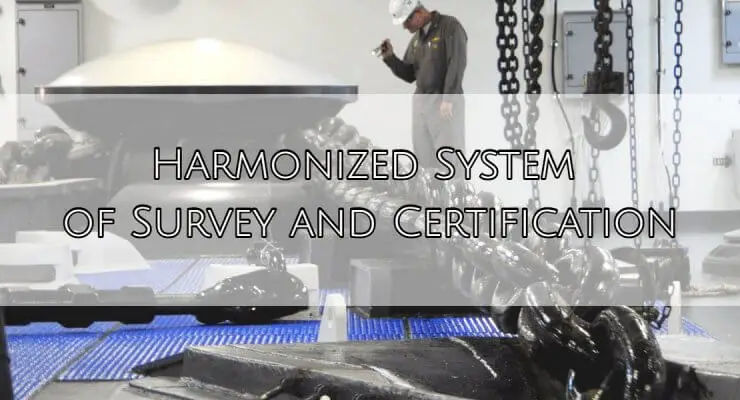The Condition Assessment Programme (CAP) is an expertise on the technical ship's condition independent from the classification. Depending on the request, CAP assessment may include the actual technical condition of hull, machinery, electrical installation, and cargo related system. It is an independent and thorough verification to rate the actual condition of the ship, based on detailed inspection and function testing, thickness measurements and strength calculation and performance testing.The CAP is applicable to oil tankers and bulk carriers of 15 years of age and above, and may well be … [Read more...]
Condition Assessment Scheme (CAS)
The Condition Assessment Scheme (CAS) is intended to complement the requirements of Annex B of the Guidelines on the enhanced programme of inspections during surveys of bulk carriers and oil tankers (hereinafter called Enhanced Survey Programme). The CAS is to verify that the structural condition of single hull oil tankers at the time of survey is acceptable and, provided subsequent periodical surveys are satisfactorily completed and effective maintenance is carried out by the ship’s operator, will continue to be acceptable for a continued period of operation, as indicated in the Statement of … [Read more...]
Harmonized System of Survey and Certification (HSSC)
A harmonized system of survey and certification covering international shipping regulations adopted by the International Maritime Organization enters into force on 3 February 2000. It harmonizes survey procedures and survey dates for all major ship certificates, instead of having different survey procedures and dates for certificates under different conventions.Harmonized System of Survey and Certification (HSSC) was brought about with the sole objective of simplifying and systemizing the survey and certification of ships. This will ensure that survey works will not be duplicated e.g. … [Read more...]


